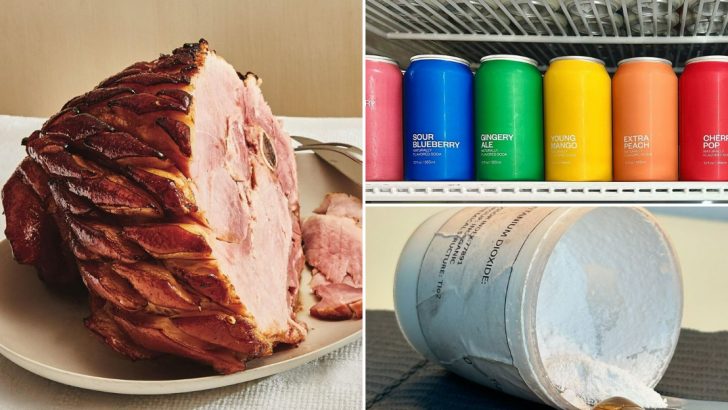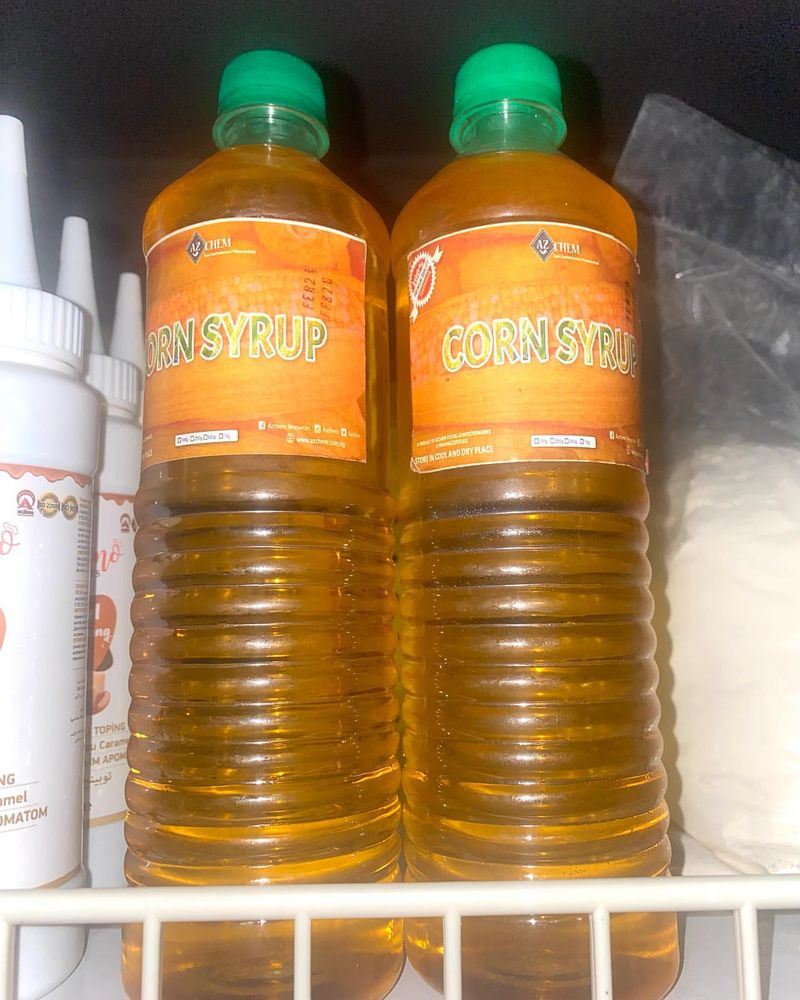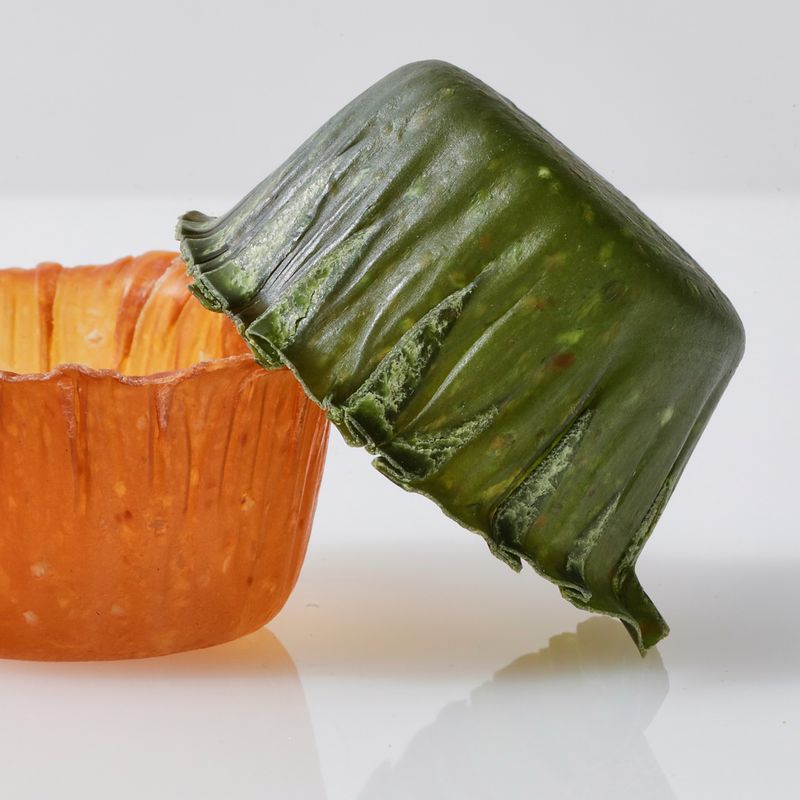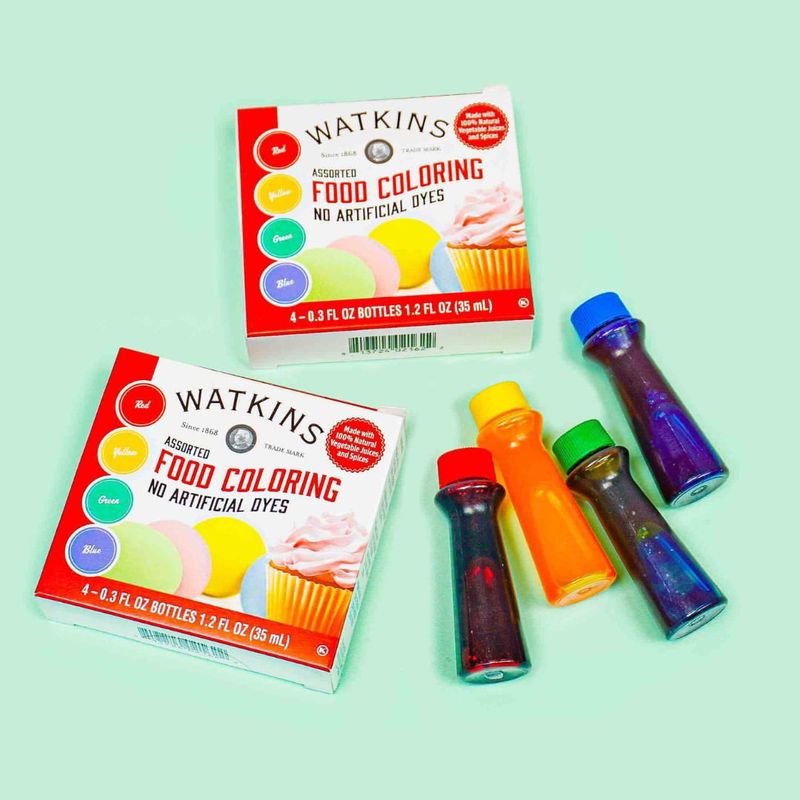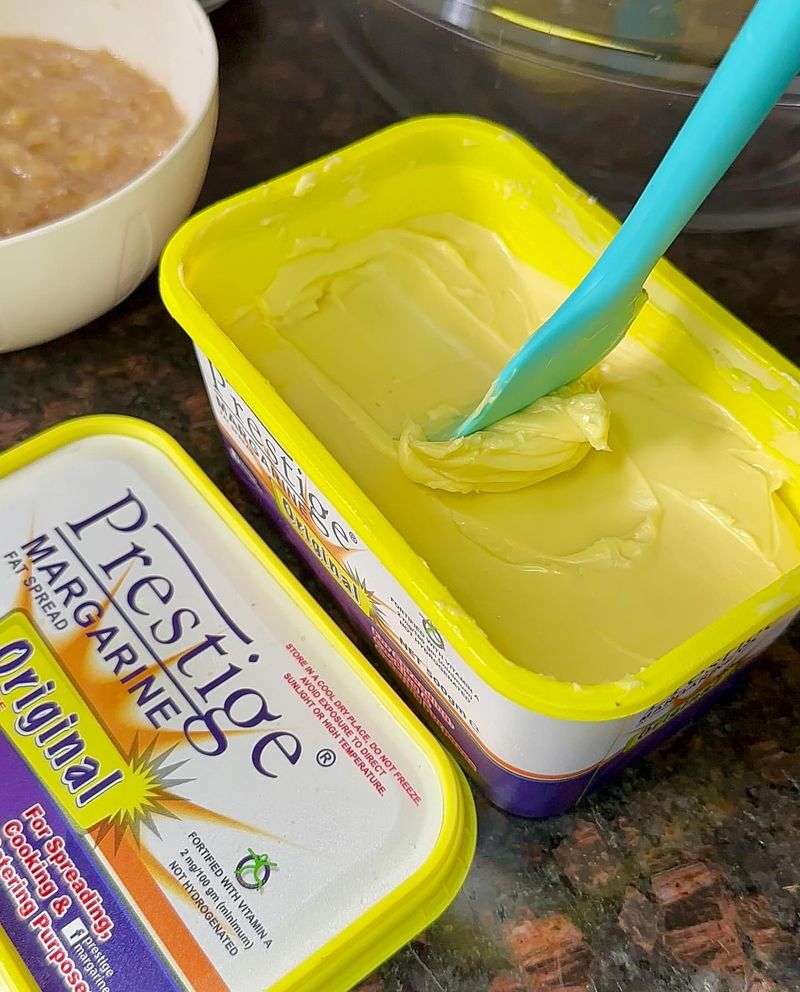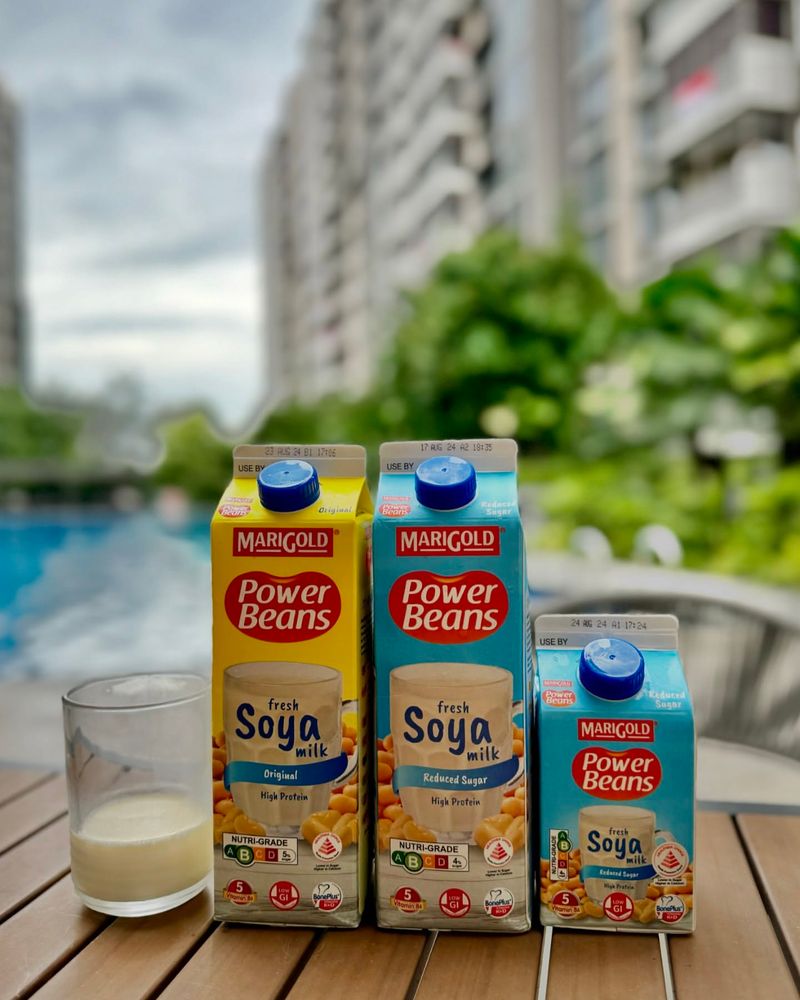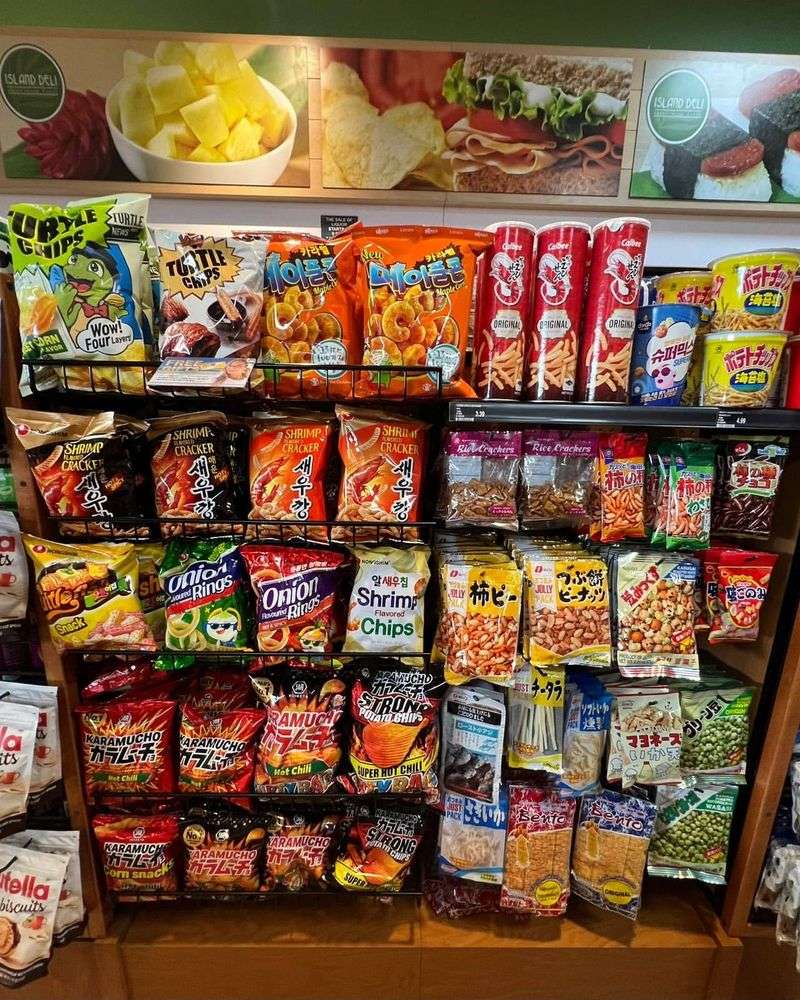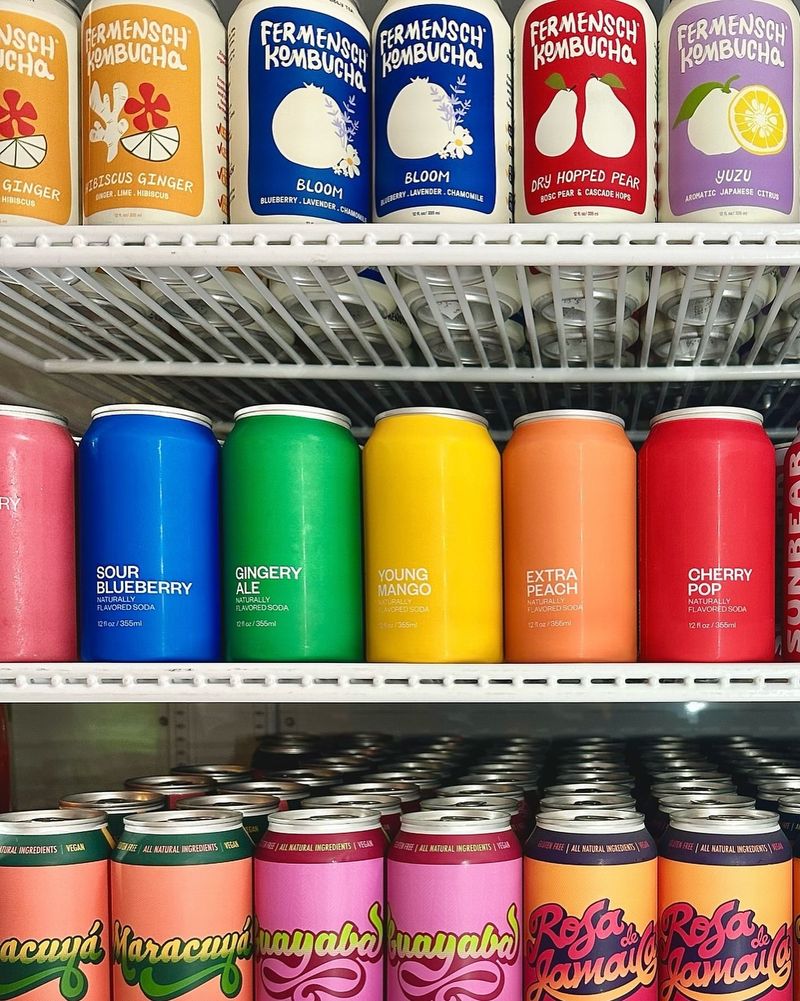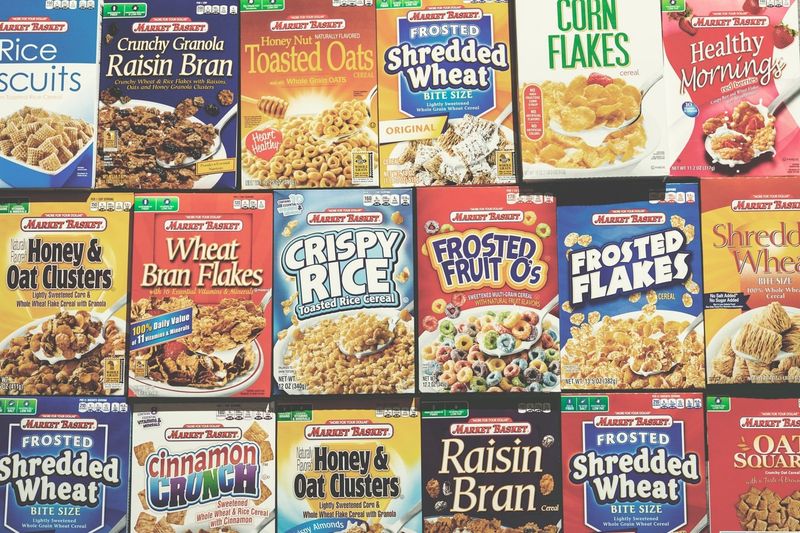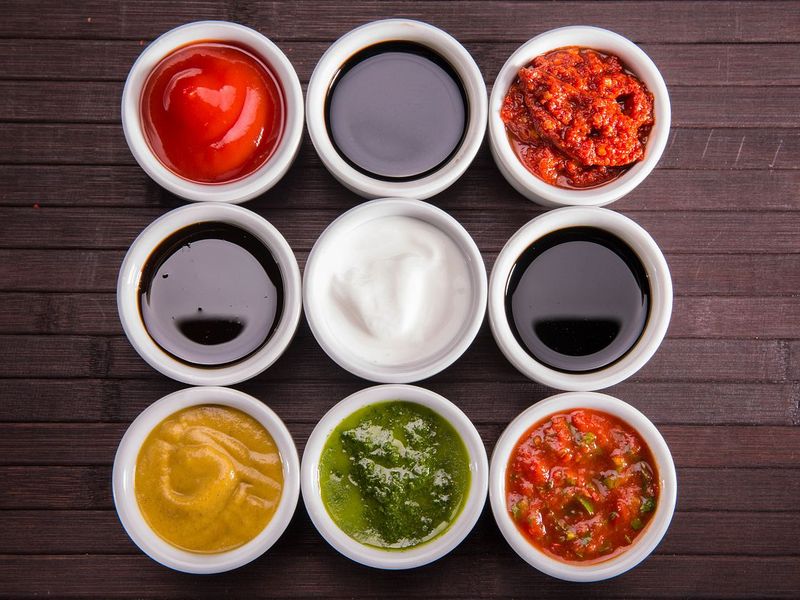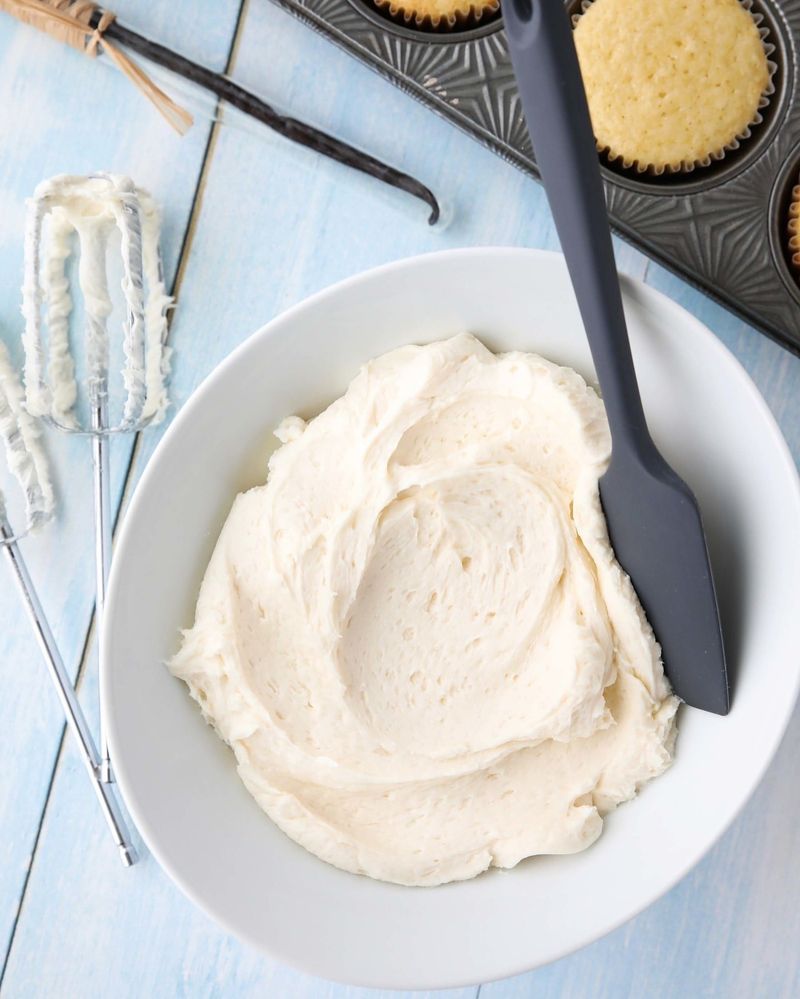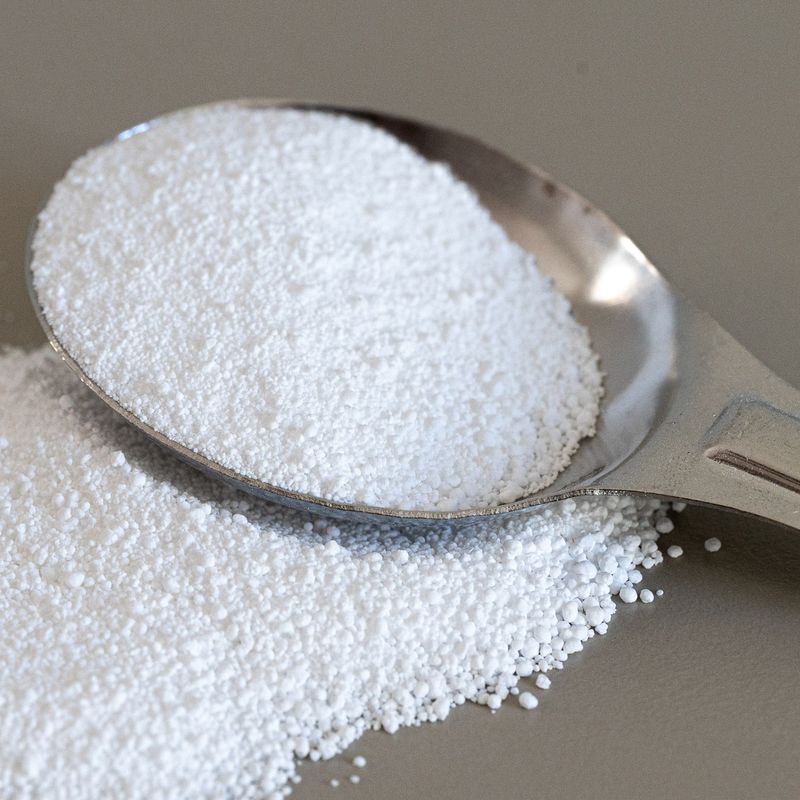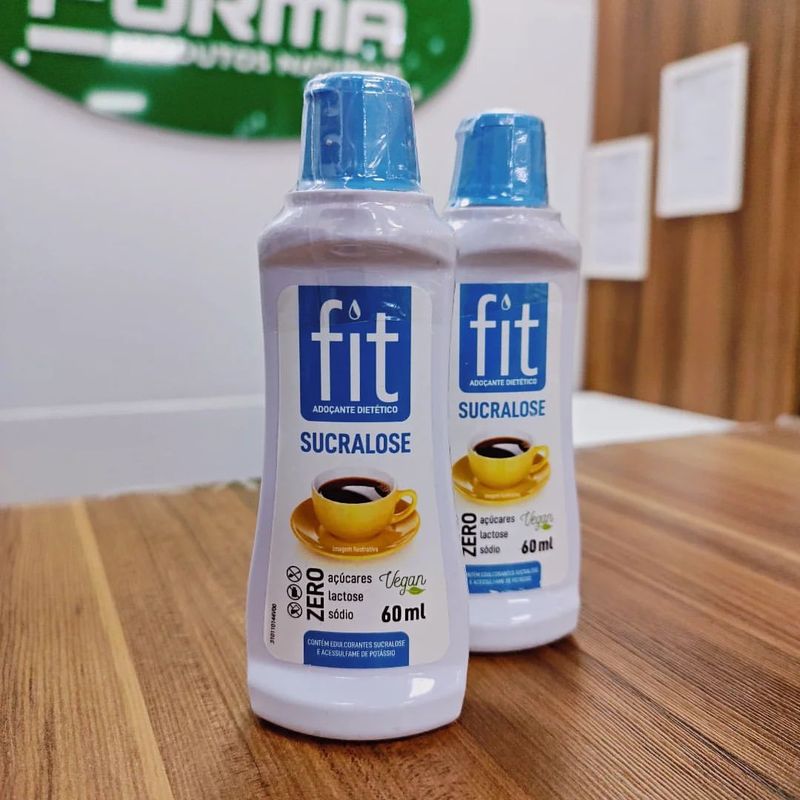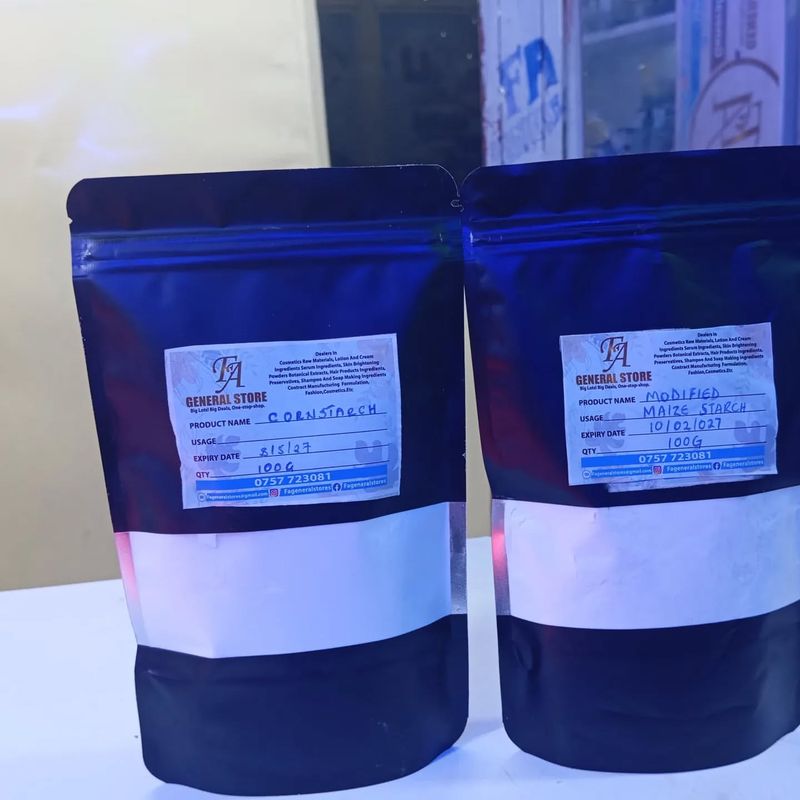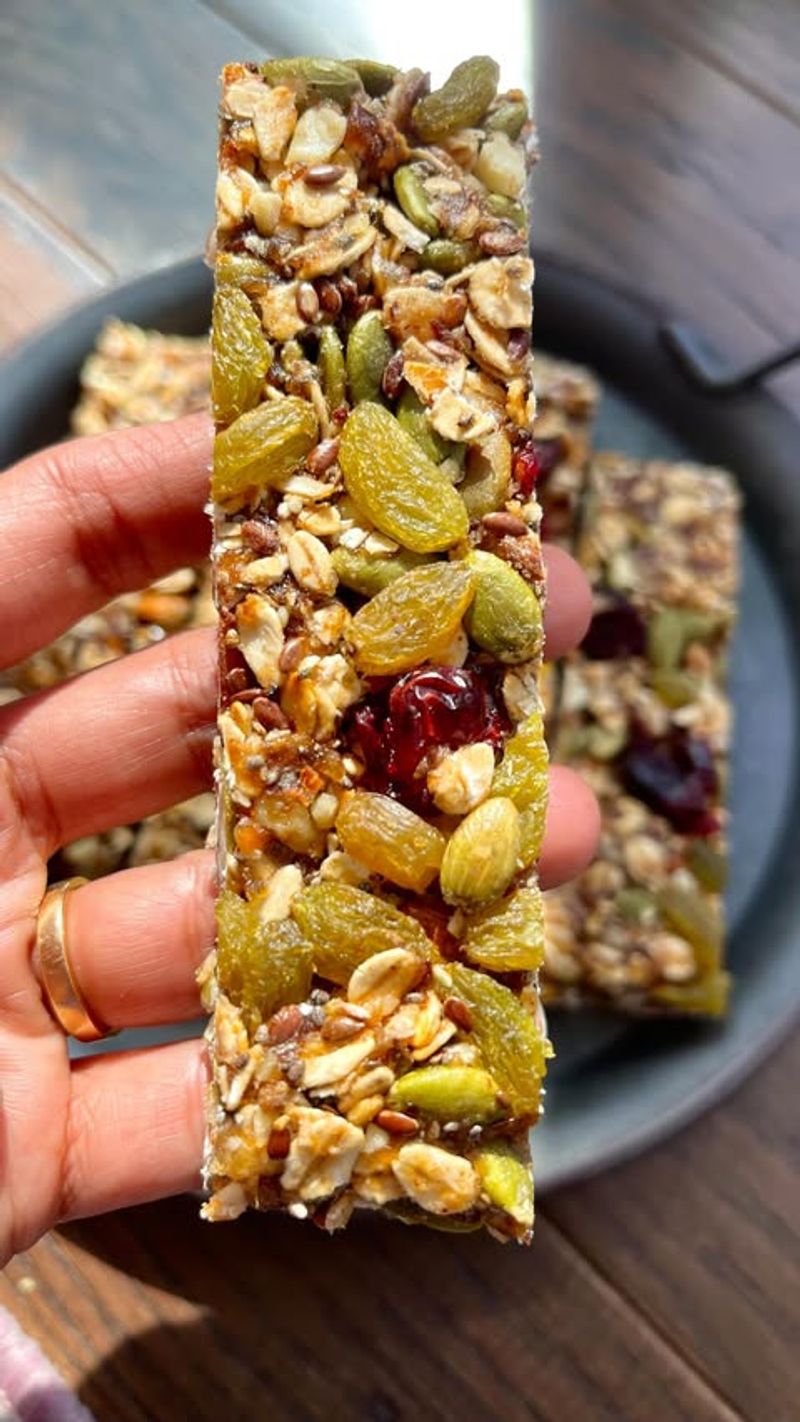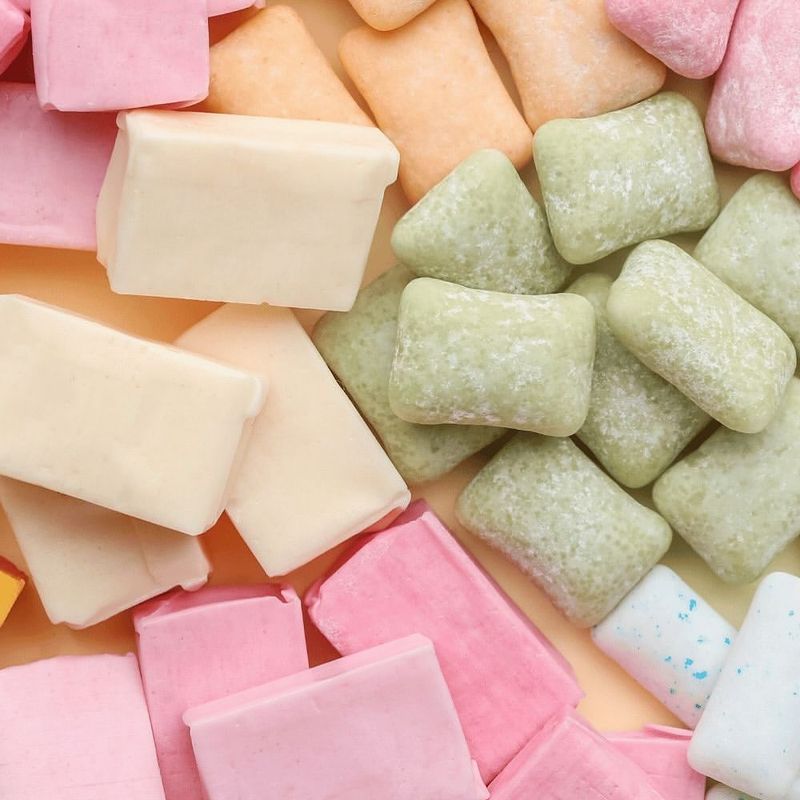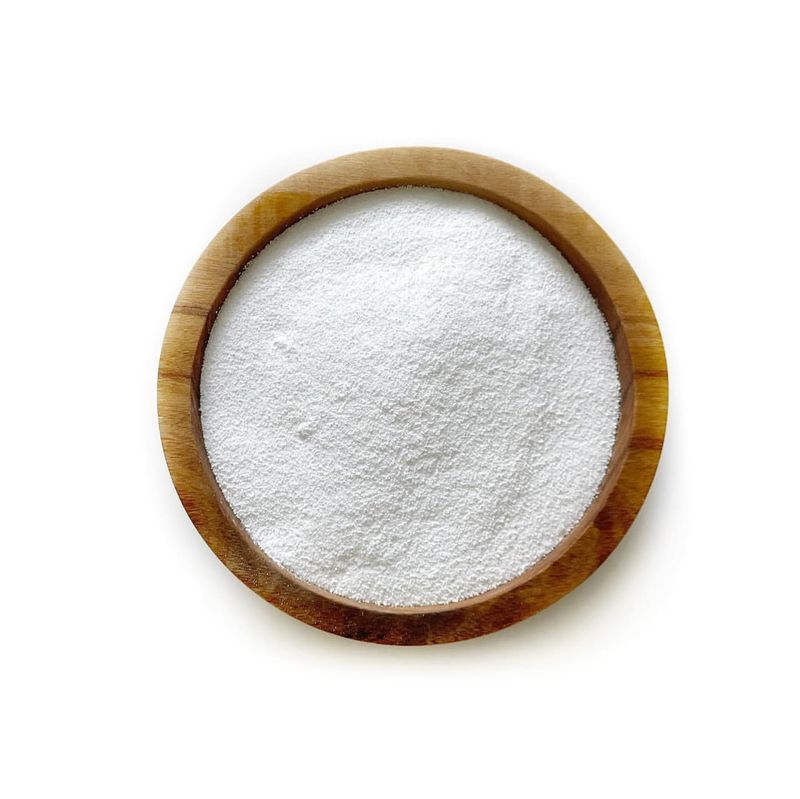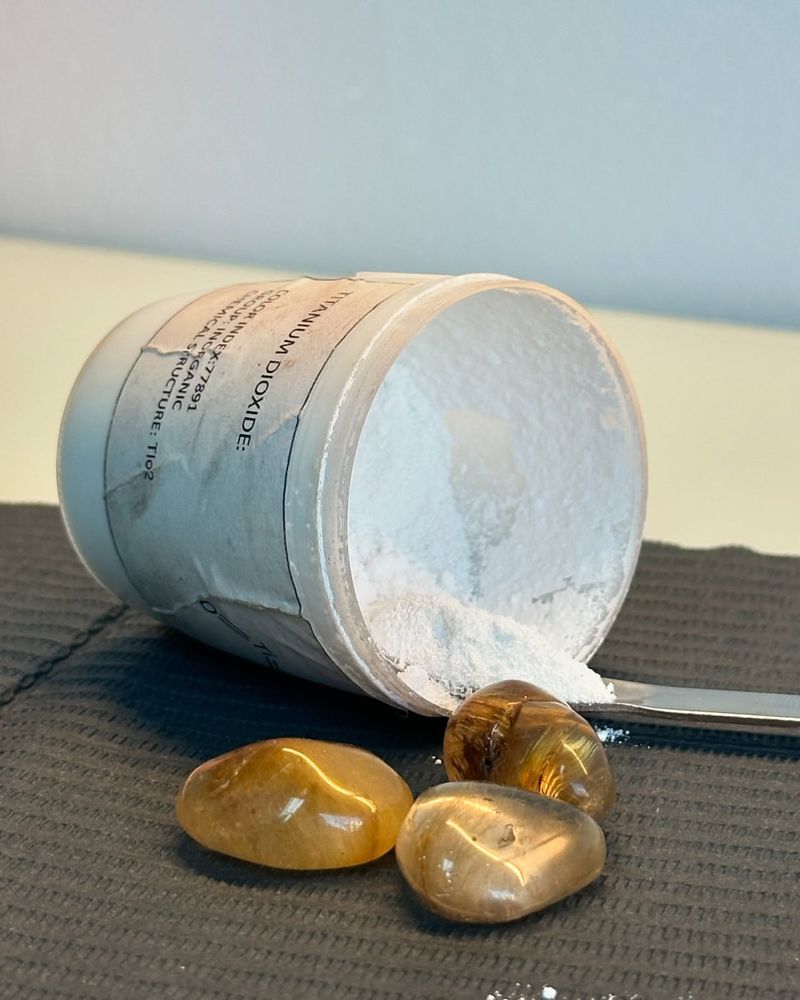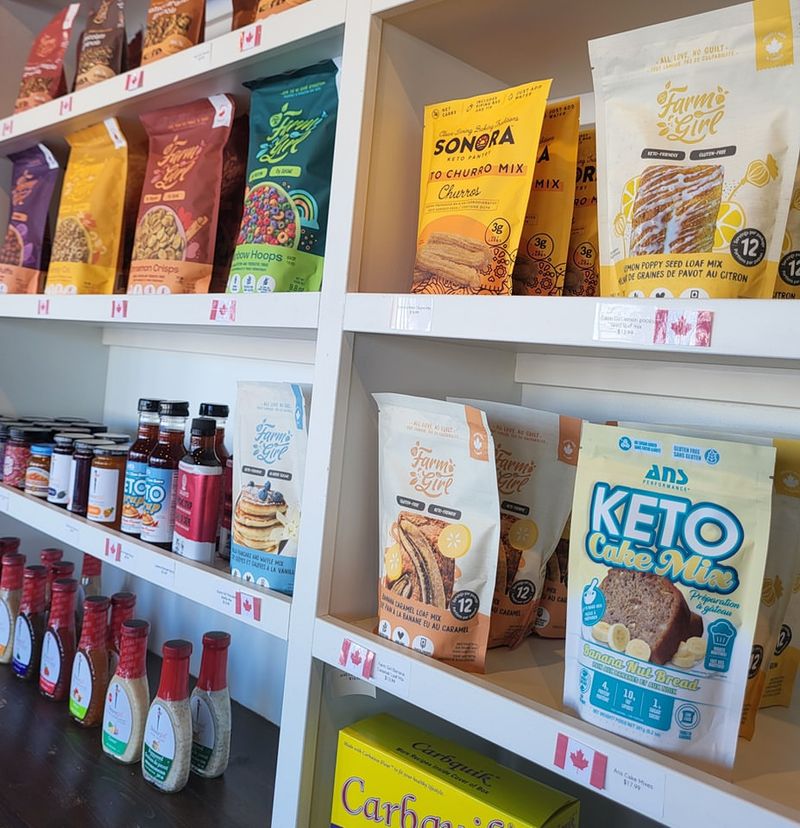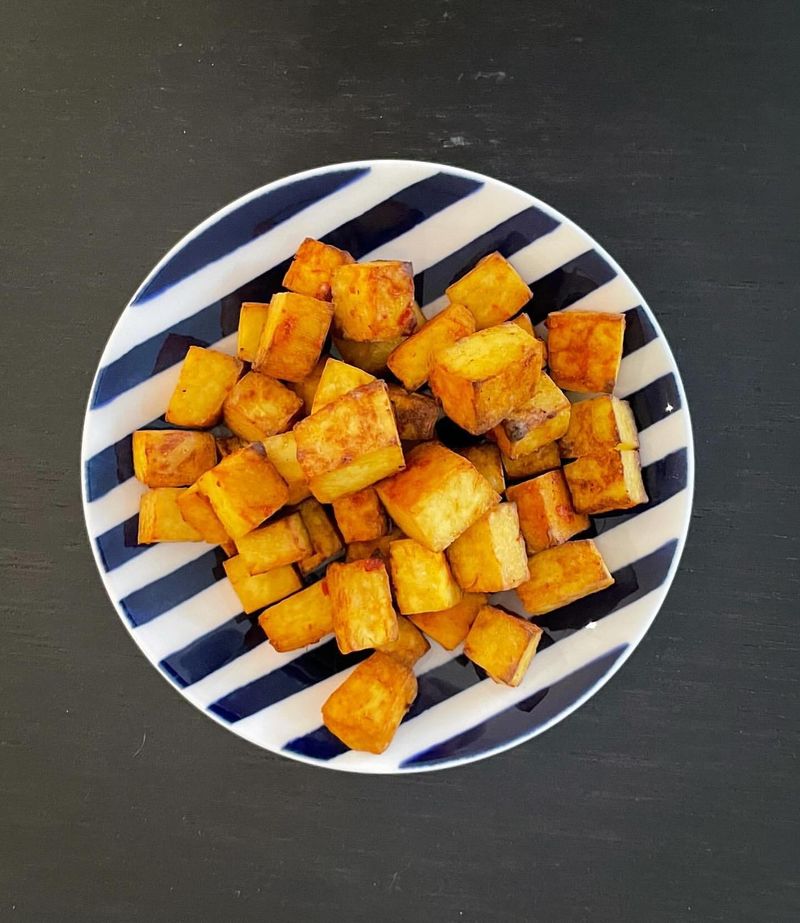Your food might be playing tricks on you. Behind the tempting flavors and perfect textures, a whole world of fake ingredients is working hard to fool your senses. That creamy dressing? Thickened with mystery stabilizers. That juicy burger? Held together by science, not just meat.
Food companies have mastered the art of making artificial ingredients taste real, stretching products further while cutting costs. But once you know their secrets, you’ll never look at your plate the same way again.
Here are 25 fake food ingredients lurking in your meals—some might be hiding in plain sight!
1. High-Fructose Corn Syrup
High-fructose corn syrup is everywhere—from sodas to bread. It’s cheap, sweet, and linked to major health issues. Often found in processed foods, it tricks your body into wanting more sugar.
If you see this on the label, put it back on the shelf. The deceptive sweetness masks a multitude of health problems. Overconsumption can lead to obesity, diabetes, and heart disease.
Companies use it to save money, but it could cost you your health. Choose natural sweeteners like honey or maple syrup. These are better options for your body. Remember, a healthier choice is always wiser.
2. Cellulose
Used as an anti-caking agent in shredded cheese, it sounds natural but isn’t great for you. Though safe, it’s not nutritious.
Eating real vegetables offers better fiber. Avoid products where cellulose tops the ingredient list. Manufacturers use it to cut costs, affecting quality. It’s also found in ice creams and baked goods.
Be aware of what you’re consuming. Opt for less processed foods. It’s crucial to prioritize your health, always check labels when shopping!
3. Artificial Food Coloring
These additives make foods visually appealing but have no nutritional value. Linked to hyperactivity in children and allergies, these colors often hide in candies and cereals. If you want vibrant food, opt for natural options.
Beet juice or turmeric can add color naturally. Artificial dyes are cleverly disguised under numbers and names.
4. Partially Hydrogenated Oils
Found in margarine and snacks, these oils are a source of trans fats. They raise bad cholesterol and lower good cholesterol levels. Consuming them increases heart disease risk.
Cooking with olive oil or avocado oil is wiser. Check labels for these hidden dangers. Despite their long shelf life, they’re harmful. Alternatives exist that benefit your heart. Avoid products listing these oils high on their labels.
5. Aspartame
Common in diet sodas and sugar-free products, it’s sweeter than sugar but controversial. Some studies link it to headaches and dizziness, raising concerns.
Moderation is crucial when consuming such substitutes. Natural sweeteners are safer for your health. Don’t be fooled by the ‘sugar-free’ label. Aspartame’s effects are still debated among experts.
Choose alternatives like stevia or monk fruit for peace of mind.
6. Sodium Nitrite
Sodium nitrite is used in cured meats like bacon and ham to maintain color and prevent spoilage. However, it forms carcinogenic compounds known as nitrosamines. High temperatures during cooking increase risks.
If you love cured meats, eat them sparingly. Alternatives like fresh or organic meats offer safer options. Check labels for sodium nitrite and opt for nitrate-free products when available.
7. Carrageenan
Derived from seaweed, it’s found in plant-based milks and processed foods. Used for its thickening properties, concerns exist about digestive health impacts.
Some studies link it to inflammation, causing worry among consumers. Opt for products without carrageenan where possible and seek brands offering carrageenan-free alternatives.
8. Monosodium Glutamate
Known as MSG, it’s a flavor enhancer in many savory dishes. Found in soups, snacks, and fast foods, it’s often associated with ‘Chinese Restaurant Syndrome.’
Some experience headaches and sweating after consumption. Reducing MSG intake can alleviate these symptoms. A better option are always natural seasonings like herbs and spices for flavor. Your palate and health will appreciate the change.
9. Sodium Benzoate
Sodium benzoate preserves beverages at a cost. And you are paying with your health. Used in sodas and acidic foods, it’s a very common preservative. While generally safe, concerns arise when mixed with vitamin C.
This combination forms benzene, a carcinogen. Limited exposure minimizes risks. It is always better to opt for fresh juices and beverages without sodium benzoate. Your body will benefit from natural ingredients.
10. BHA And BHT
These preservatives come with a big question mark. Added to cereals and snack foods, they are meant to prevent spoilage. Concerns exist about cancer risks with prolonged exposure.
Studies show mixed results, leading to ongoing debates. In the meantime choosing products without these preservatives is safer option. Natural alternatives exist, offering peace of mind. Choose brands that use natural preservation methods. Your long-term well-being deserves attention.
11. Caramel Coloring
Very common in soft drinks and sauces, it’s a colorant with potential risks. Some forms contain contaminants linked to cancer.
Checking labels helps avoid harmful versions. The easiest way to avoid it is to pick drinks without any artificial coloring. Healthier choices offer natural alternatives. Natural is better for both taste and health. Choose products with transparent ingredient lists.
12. Propylene Glycol
It is found in frostings and ice creams, and its main purpose is to maintain texture. While deemed safe, it’s also a component in antifreeze used for cars.
This dual-use raises eyebrows about its presence in food. Opt for products without this additive when possible. Although it’s effects on the body are not yet clear, avoiding unnecessary chemicals is always a better choice. Your diet should prioritize natural over synthetic.
13. Sodium Phosphates
Used in processed cheese and meats, they improve texture and moisture. However, excess intake is linked to kidney damage and cardiovascular disease.
To prevent excessive consumption, decide on fresh, whole foods. Label comprehension helps in controlling sodium phosphate intake. Choose brands that put an emphasis on natural components.
14. Azodicarbonamide
From yoga mats to your bread—Azodicarbonamide (ADA) is a chemical used in commercial baking to improve dough elasticity and texture. While it helps create soft, airy bread, its safety has been widely debated.
The compound breaks down into byproducts, including semicarbazide, which has raised concerns about its potential link to health risks. In some countries, ADA is banned due to its association with respiratory issues.
15. Sucralose
Sucralose is a zero-calorie artificial sweetener found in diet sodas, sugar-free candies, and protein powders. While it provides sweetness without the calories of sugar, studies suggest it may alter gut microbiota and impact metabolism.
Some research indicates that it could affect insulin sensitivity, making it a controversial choice for those watching their blood sugar levels. Always check ingredient labels, as many “sugar-free” products rely on artificial substitutes that may have unintended health effects.
16. Polysorbate 80
This scary-sounding emulsifier is used in ice cream, salad dressings, and processed foods to maintain smooth texture and prevent separation. While generally recognized as safe, some studies suggest it may cause low-grade inflammation in the gut.
With concerns about food additives on the rise, opting for products with shorter, more recognizable ingredient lists is a smart choice.
17. Modified Food Starch
Modified food starch is a common thickening agent found in soups, sauces, and convenience foods. Often derived from corn, wheat, or potatoes, it undergoes chemical modifications to improve texture and shelf life.
However, these alterations strip away most of its natural nutrients, making it a highly processed additive. For a more wholesome diet, opt for foods that use natural thickeners like arrowroot powder or whole-grain flour.
18. Calcium Propionate
Calcium Propionate is a preservative used in bread and baked goods to prevent mold. It helps extend shelf life, keeping products fresh longer. However, some people report side effects like headaches and digestive discomfort after consuming foods containing this additive.
While it’s considered safe in regulated amounts, frequent consumption of preservatives can impact overall health. If you prefer a cleaner diet, opt for freshly baked bread without additives.
19. Polydextrose
This synthetic fiber is often added to processed foods to increase fiber content. It’s commonly found in snack bars, desserts, and low-calorie foods. It helps with digestion, but excessive consumption can cause bloating and discomfort.
Unlike natural fiber from fruits and vegetables, polydextrose lacks essential nutrients. Choosing whole foods rich in fiber, like oats, legumes, and nuts, provides better health benefits without the side effects.
20. Propyl Gallate
Propyl Gallate is an antioxidant used to prevent fats and oils from going rancid. It’s commonly found in processed meats, baked goods, and snack foods.
Unfortunately, some studies suggest potential links to cancer, making its safety a topic of debate. To reduce exposure, choose snacks with natural preservatives like vitamin E. Fresh, unprocessed foods are always the safest choice for long-term health.
21. Sorbitol
This sugar alcohol is used in sugar-free candies, gums, and diet foods. It provides sweetness without adding calories. However, in large amounts, it can have a laxative effect, leading to bloating and digestive discomfort.
If you’re sensitive to sugar alcohols, try natural alternatives like honey, coconut sugar, or fruit-based sweeteners.
22. Titanium Dioxide
This whitening agent is used in processed foods, toothpaste, and even sunscreen. It gives products a bright, clean appearance but has been the subject of safety concerns.
According to some studies, it may accumulate in the body over time, leading to potential health risks. Although regulators deem it safe in small amounts, some countries have banned its use in food. If you want to avoid it, check ingredient lists on candies, dressings, and dairy products.
23. Acesulfame Potassium
Acesulfame Potassium is a calorie-free sweetener used in diet sodas, sugar-free desserts, and protein powders. It enhances sweetness without adding sugar but has been linked to concerns about metabolic effects and potential long-term health risks.
Some research suggests it may alter gut bacteria, affecting digestion and metabolism. If you want to cut back on artificial sweeteners, choose natural alternatives like stevia, honey, or monk fruit extract.
24. Calcium Sulfate
This food additive functions as a firming agent in tofu and baked goods. It’s main purpose is to regulate moisture levels, giving foods a consistent texture. Consuming large amounts may contribute to an imbalance in calcium intake.
For a natural approach, look for options that use traditional coagulants like magnesium chloride in tofu. Eating a balanced diet with varied sources of calcium is always the best choice.
25. Potassium Bromate
Potassium Bromate is a flour improver used to strengthen dough and improve bread texture. While it helps create fluffy, evenly baked loaves, it has been linked to cancer risks in animal studies.
Because of this, many countries, including the EU, have banned its use in food. Despite being legal in some places, health-conscious consumers avoid it by choosing bread made without chemical additives.

